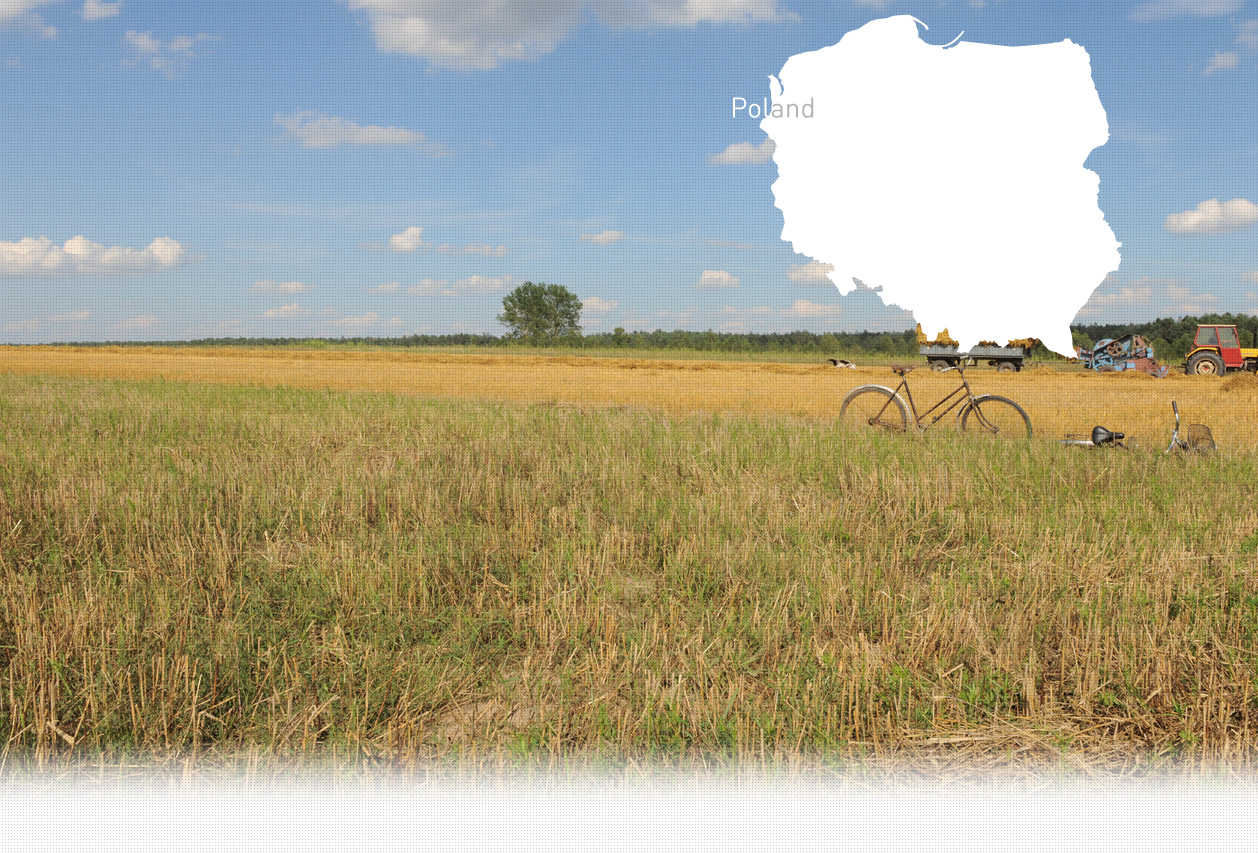

1 Killing site(s)
Józef S., born in 1932: “Before the war, Jews lived all over Żychlin. They were mainly merchants and craftsmen: tailors, shoemakers. Many of them worked in industry. I remember a Jewish tailor, Mr. Myszka. The baker’s name was Mr. Rozenberg, he was married to a non-Jewish woman. I was a friend of their daughter. When the war started and the Germans arrived in town, they created two ghettos for the Jews. The first ghetto was located on 1 Maja Street and it was the first to be liquidated. Mr. Rozenberg became a head of the Jewish police. The second ghetto was on Narutowicza and Łukasińskiego Streets, it wasn’t fenced from the eastern side. Both ghettos were guarded by Jewish policemen. They didn’t have uniforms, but they did have white-red armbands and classical Jewish arm bands with a star. The day of the main ghetto liquidation, several dozen carts arrived on Narutowicza Street. The Jews were put on these requisitioned carts and transported to Krośniewice.” (Witness n°1113P, interviewed in Żychlin, on August 22, 2019)
Ghetto created on 20.07.1940, liquidated on 3.03.1942; 4.000 Polish Jews in the ghetto; worked in the town of Żychlin; at the liquidation they were taken in wagons to Krośniewice; there were shootings inside and outside of the ghetto. [Court Inquiries about executions and mass graves in districts, provinces, camps and ghettos (Ankieta Sadow Grodzkich); RG-15.019M Reel #15-part 4 page 210/326]
Żychlin is a town in Kutno County, Łódź Voivodeship, Poland, about 50 km north of Łódź. The first Jews started to settle down in Żychlin at the beginning of the 18th century. In 1766, a Jewish community was established and in 1780 a wooden synagogue was built. A stone synagogue was built in 1880. The Jewish cemetery was located on Łukasińskiego Street. Next to the synagogue, there was a ritual bath and nursing house for older people. Before the outbreak of the Second World War, the town was inhabited by three ethnic groups: Jews, Poles, and ethnic Germans. In 1922, the Jewish community increased to 2,701 making up 40% of the total population. At that time the Jewish population almost completely dominated local trade. Out of 184 stores operating in the town at that time, only 7 belonged to non-Jewish inhabitants. Jews were also talented craftsmen: tailors, shoemakers, bakers.
Żychlin was occupied by German troops on September 17, 1939. Soon after their arrival, Jewish houses were searched, and Jews were harassed and beaten. A short time later, the Germans registered all the Jews and conscripted them to forced labor, which initially consisted of cleaning streets around the town. By November 1939, the Jews had to wear a yellow star on the front and back of their clothes. Jewish houses were marked with the word “Jude” (“Jew”). In following weeks, Jewish businesses and real estate were confiscated and handed to the ethnic Germans (Volksdeutches) who had arrived to Żychlin during first months of occupation. From January 1940, Żychlin became a concentration point for the Jews from the surrounding towns and villages. 600 of 3.000 Jews residing in Żychlin were refugees from Kutno, Sanniki, Włocławek and many other locations. In April 1940, Polish and Jewish intelligentsia was arrested and sent to concentration camps inside the Reich.The main ghetto was established in Żychlin in June 1940. More than 1800 Jews were placed in several houses located between Budzyn and Buszkowska Streets. A smaller ghetto for around 300 people was established in a brick factory in the nearby rural settlement. The Jewish Council (Judenrat) and the Jewish Police were also established. The residents of both ghettos could only leave the Jewish quarter if they owned a valid work permit. Any other attempt of leaving the ghetto area was punished with death sentence. Polish and ethnic German residents of the town could enter the ghetto to do business with Jewish craftsmen. It is estimated that around 800 people from the ghetto died of disease and starvation. From August 1941 until the end of that year, several transports containing hundreds of Jewish workers left Żychlin. Jews were mainly sent to different labor camps in the Poznan region. The regular killings of the Jews in the ghetto started in early 1942. In February 1942, a member of the Judenrat and the Jewish Police were publicly executed on the main square of the town. Their families were killed at the Jewish cemetery. During that Aktion, the Germans murdered about 200 people, mainly children, the sick and elderly. From that moment, the Jews from the Żychlin ghetto knew their days were numbered. On March 3, 1942, during the Purim holiday, about 3.200 jews were gathered at the local marketplace. After being severely beaten and robbed by the German police, the Jews were transported in carts to Krośniewice from where they were deported to the extermination camp in Chełmno nad Nerem. The German authorities then declared Żychlin to be cleansed of Jews (judenrein). Thanks to our investigation in Żychlin, we managed to learn about at least two additional executions of Jews perpetrated in town during the German occupation: a shooting of a pregnant Jewish woman near the ghetto fence and a public hanging of eight Jews near the mikveh building, which no longer exists today.
Do you have additional information regarding a village that you would like to share with Yahad ?
Please contact us at contact@yahadinunum.org
or by calling Yahad – In Unum at +33 (0) 1 53 20 13 17